I just started learning javascript and d3.js by taking a couple of lynda.com courses. My objective is to create a function that takes an array of numbers and a cutoff and produces a plot like this one:
I was able to write javascript code that generates this:
Alas, I'm having troubles figuring out a way to tell d3.js that the area to the left of -opts.threshold should be read, the area in between -opts.threshold and opts.threshold blue, and the rest green.
This is my javascript code:
HTMLWidgets.widget({
name: 'IMposterior',
type: 'output',
factory: function(el, width, height) {
// TODO: define shared variables for this instance
return {
renderValue: function(opts) {
console.log("MME: ", opts.MME);
console.log("threshold: ", opts.threshold);
console.log("prob: ", opts.prob);
console.log("colors: ", opts.colors);
var margin = {left:50,right:50,top:40,bottom:0};
var xMax = opts.x.reduce(function(a, b) {
return Math.max(a, b);
});
var yMax = opts.y.reduce(function(a, b) {
return Math.max(a, b);
});
var xMin = opts.x.reduce(function(a, b) {
return Math.min(a, b);
});
var yMin = opts.y.reduce(function(a, b) {
return Math.min(a, b);
});
var y = d3.scaleLinear()
.domain([0,yMax])
.range([height,0]);
var x = d3.scaleLinear()
.domain([xMin,xMax])
.range([0,width]);
var yAxis = d3.axisLeft(y);
var xAxis = d3.axisBottom(x);
var area = d3.area()
.x(function(d,i){ return x(opts.x[i]) ;})
.y0(height)
.y1(function(d){ return y(d); });
var svg = d3.select(el).append('svg').attr("height","100%").attr("width","100%");
var chartGroup = svg.append("g").attr("transform","translate("+margin.left+","+margin.top+")");
chartGroup.append("path")
.attr("d", area(opts.y));
chartGroup.append("g")
.attr("class","axis x")
.attr("transform","translate(0,"+height+")")
.call(xAxis);
},
resize: function(width, height) {
// TODO: code to re-render the widget with a new size
}
};
}
});
In case this is helpful, I saved all my code on a public github repo.


